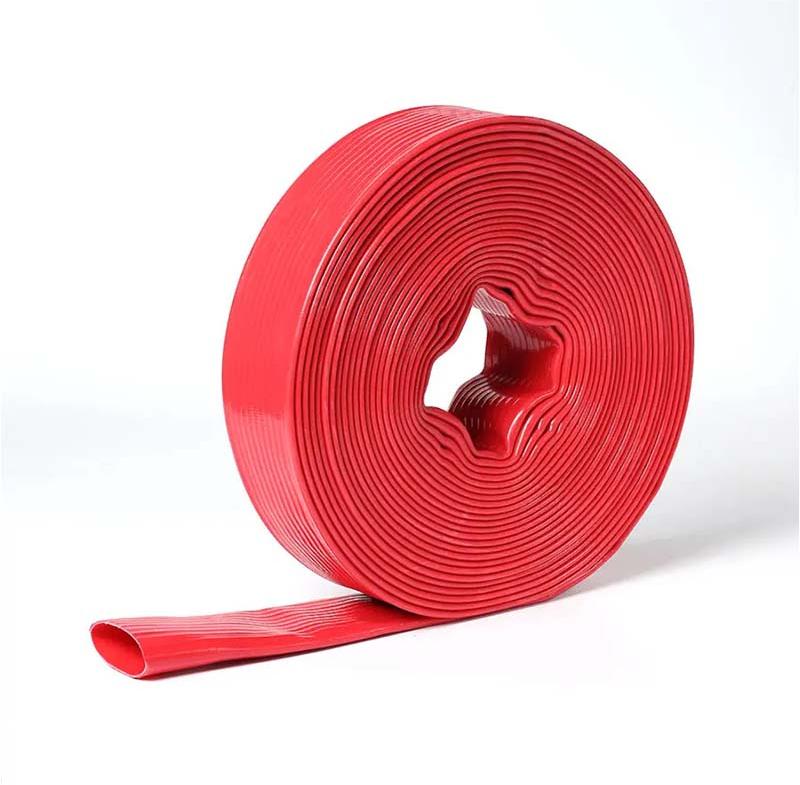oxygen & acetylene hose
Understanding Oxygen and Acetylene Hoses A Key to Safe Welding and Cutting Operations
When it comes to welding and cutting metals, safety and efficiency are paramount. Among the essential tools in this process are the oxygen and acetylene hoses, which play a crucial role in gas welding and brazing. Understanding these hoses, their specifications, and proper handling is vital for any professional involved in metal fabrication or repair work.
Understanding Oxygen and Acetylene Hoses A Key to Safe Welding and Cutting Operations
These hoses are constructed from durable materials that can withstand high pressures and temperatures. They must comply with industry standards, such as those set by the American National Standards Institute (ANSI) and the Compressed Gas Association (CGA). A common specification is for hoses to be able to handle a pressure of at least 150 psi. It’s essential to ensure that the hoses are free from cuts, kinks, or any signs of wear, as these can compromise the integrity of the hoses and lead to gas leaks.
oxygen & acetylene hose

Proper connection of the hoses to the gas cylinders is crucial for safe operations. Before starting work, one should ensure that the fittings are tight and leak-free. Using a soap and water solution can help detect leaks; any bubbles indicate a leak that must be addressed before proceeding. Likewise, when disconnecting hoses, it’s vital to turn off the gas supply to avoid accidental release of gas.
Another safety aspect involves the storage of hoses when not in use. Oxygen and acetylene hoses should be stored in a clean, dry location, away from sharp edges or hot surfaces. Using hose reels or protective covers can further enhance their longevity and safety.
Training and familiarity with the equipment are equally important. Welders and operators should be well-versed in the properties of both gases. Oxygen supports combustion, while acetylene is highly flammable. A thorough understanding of how to handle these gases safely can significantly reduce the risk of accidents.
In conclusion, oxygen and acetylene hoses are indispensable components in welding and cutting tasks. Safety is achieved through proper selection, maintenance, and handling of these hoses. By adhering to industry standards and ensuring best practices, professionals can work efficiently while minimizing risks. Investing time in proper training and equipment care not only enhances safety but also contributes to the quality of work produced in the metalworking industry.
-
Top Quality Oxy Acetylene Hoses for Sale Fit for Welding DemandsNewsJul.28,2025
-
The Future of Pneumatic Air Tubes in IndustryNewsJul.28,2025
-
Superior and Reliable LPG Hose Pipe Solutions for Every NeedNewsJul.28,2025
-
Exceptionally Durable and Versatile Premium Braided PVC TubingNewsJul.28,2025
-
Best Adapters for Connecting Garden Hose to PVC Pipe ConnectionsNewsJul.28,2025
-
The Essential Role of LPG Hoses in Safe and Efficient Gas DistributionNewsJul.16,2025














